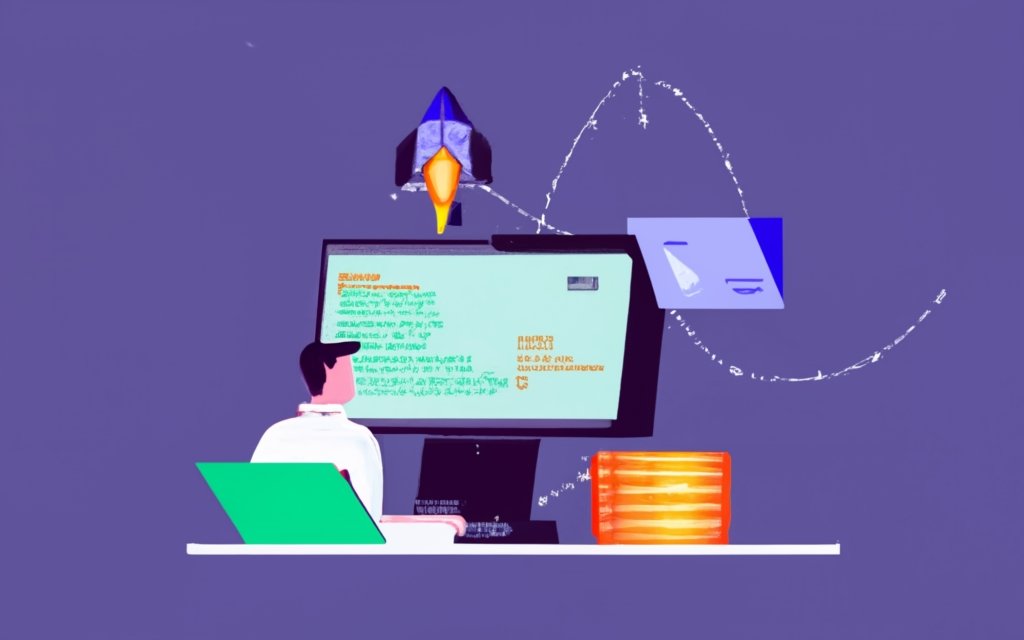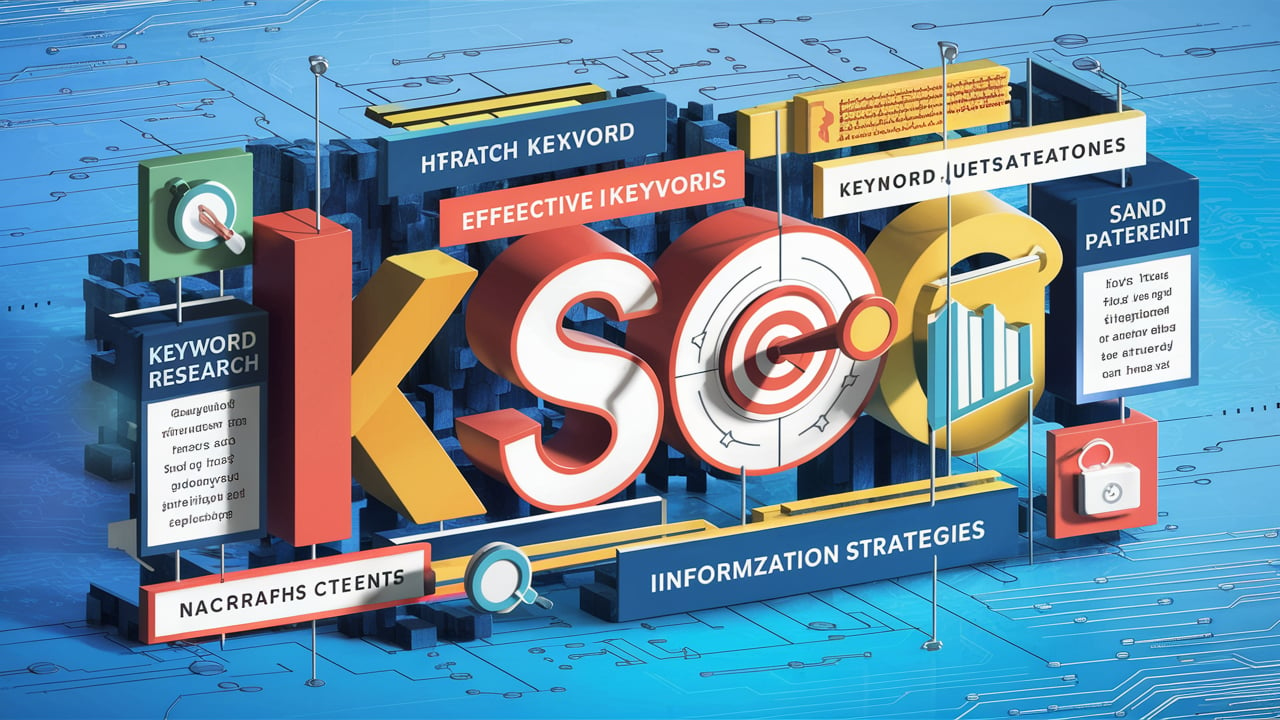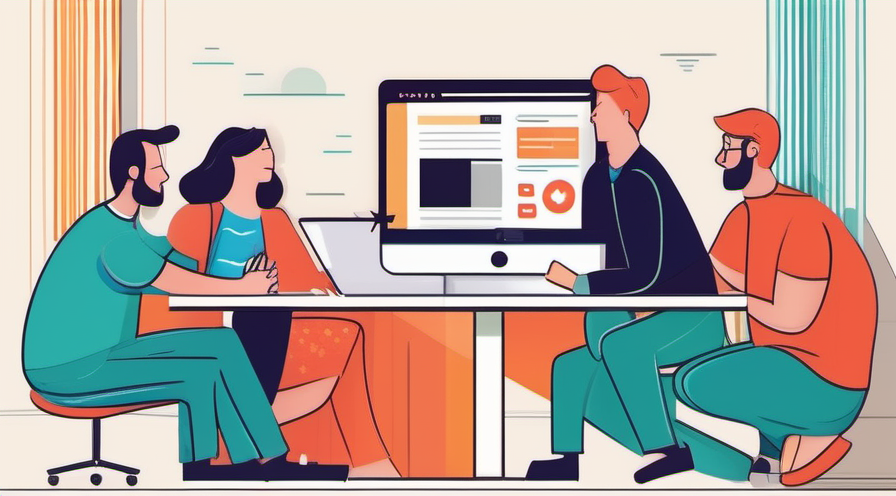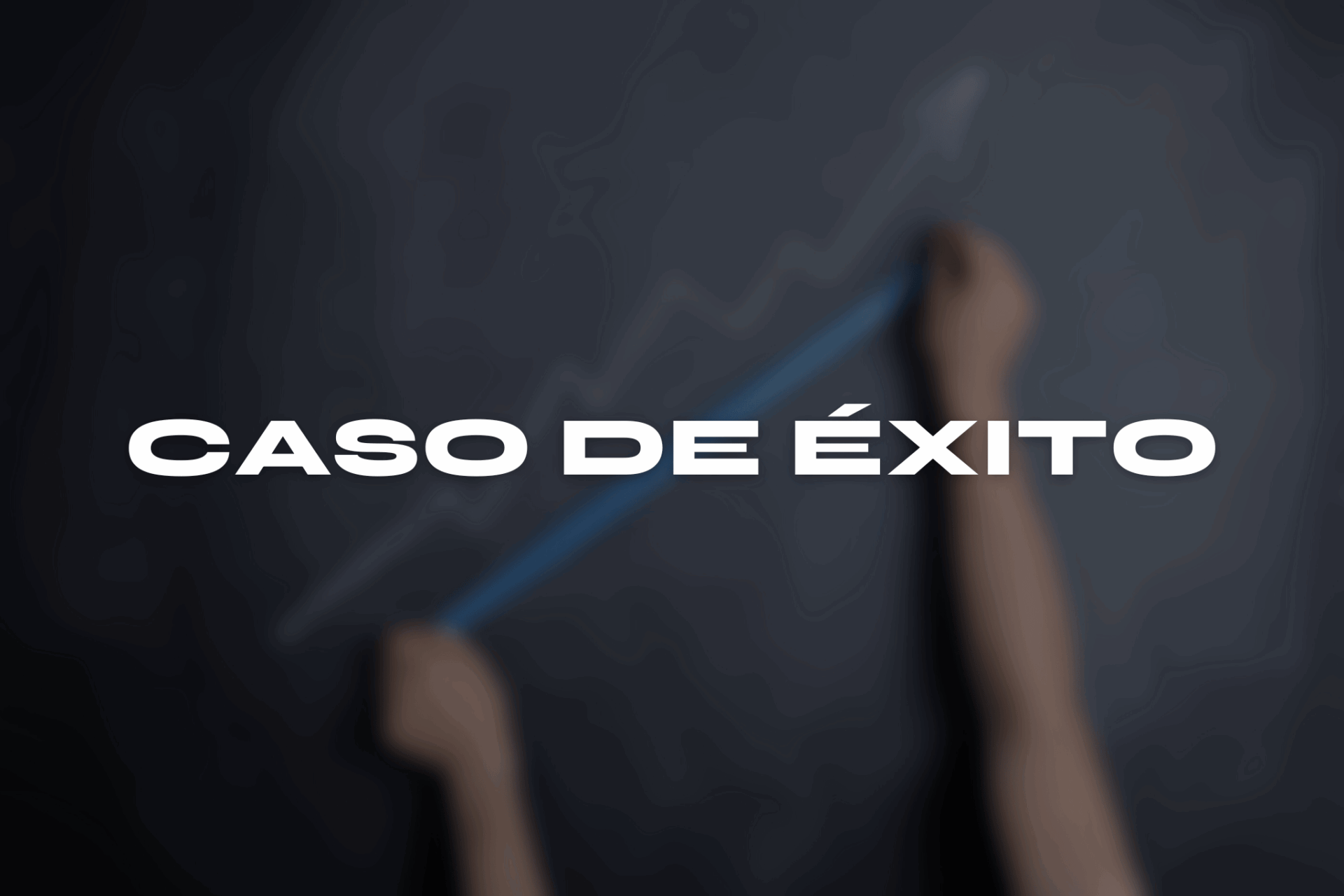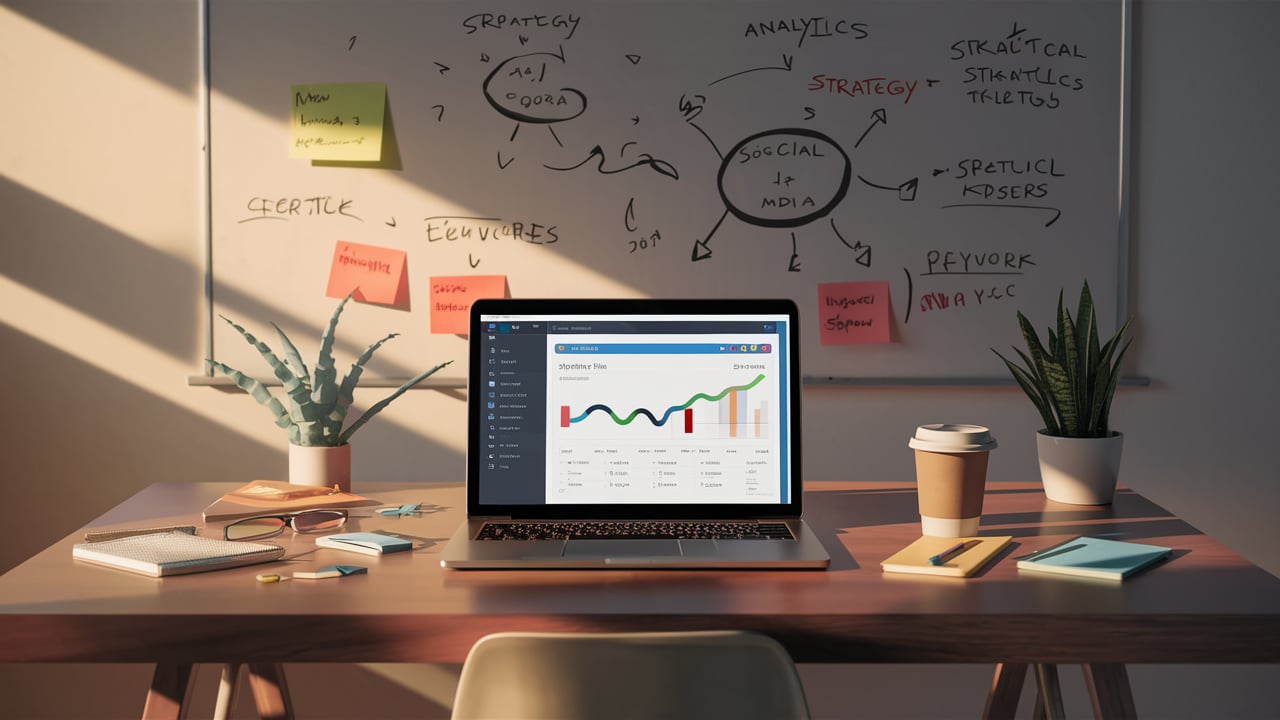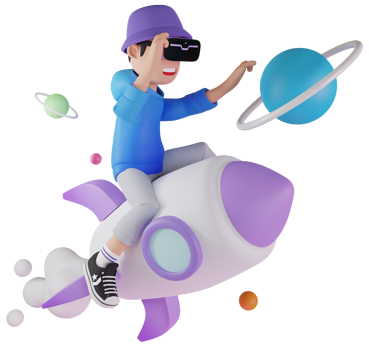In the world of web development, Web Components have become one of the main technologies used to create flexible and reusable user interfaces. Web Components are a way to create custom components that can be used on different pages and projects. One of the most important aspects of Web Components is the communication between them, and one of the most efficient ways to achieve this is through custom events. In this article, I'll show you how to use custom events in Web Components and how to get the most out of this functionality.
Table of Contents
ToggleWhat are Web Components?
Before delving into communicating with custom events, it is important to understand what Web Components are. Web Components are a series of web technologies that allow you to create reusable and encapsulated components. These components are made up of three fundamental pillars:
- Custom elements: Custom elements are a key part of Web Components. These elements are created using the API
Custom Elementsand can be used like any other HTML element on our web pages. - Shadow DOM: The Shadow DOM is a way to encapsulate the HTML, CSS and JavaScript of a component, preventing the component's styles and behaviors from leaking to the rest of the page. This allows creating components that are very self-contained and easy to use and maintain.
- Templates: Templates are a way to define the structure and content of a component in a declarative way. This makes it easy to create reusable components and avoids the need to dynamically generate HTML with JavaScript.
Now that we have a basic understanding of Web Components, it's time to delve into the communication between them and how custom events play an important role in this task.
Communication with custom events
Custom events are a form of communication between the different Web Components of our application. Through custom events, a component can notify other components about changes or actions that occurred within it. This allows efficient and decoupled communication between the different elements of our user interface.
To use custom events in Web Components, we will need to make use of the JavaScript Events API. Specifically, we will use the methods dispatchEvent to send an event and addEventListener to listen for events on the receiving components.
Suppose we have two Web Components: custom-button y custom-modal. The component custom-button is responsible for displaying a button in our UI, and the component custom-modal It is responsible for displaying a modal when the button is clicked. To achieve this, we need the component custom-button send an event when it is clicked and the component custom-modal listen to this event and display the corresponding modal.
// CustomButton.js class CustomButton extends HTMLElement { constructor() { super(); // ... } connectedCallback() { this.addEventListener('click', this.handleClick); } handleClick() { const event = new CustomEvent('button-clicked', { bubbles: true }); this.dispatchEvent(event); } }
// CustomModal.js class CustomModal extends HTMLElement { constructor() { super(); // ... } connectedCallback() { this.addEventListener('button-clicked', this.handleButtonClick); } handleButtonClick() { // Show the corresponding modal } }
As can be seen in the previous example, the component custom-button use the method dispatchEvent to send a custom event called button-clicked. Then the component custom-modal use the method addEventListener to listen to this event and execute the function handleButtonClick when this event occurs. Within this function, any necessary action could be done, such as displaying the corresponding modal.
Benefits of using custom events in Web Components
Using custom events in Web Components offers a number of important benefits. Some of them are:
- Decoupled development: Using custom events, we can communicate our Web Components in a decoupled way. This means that each component can exist and function independently, without knowing the internal details of the other components, making reuse and maintenance easier.
- Efficient communication: Custom events allow efficient communication between the different components of our application. Instead of having to directly find and modify related components, we can send events and let interested components respond to them.
- Flexibility and scalability: Thanks to communication through custom events, we can build flexible and scalable applications. We can easily add new components and connect them to existing custom events without having to make extensive modifications to existing code.
Conclusion
In short, custom events are a powerful communication tool in the world of Web Components. They allow us to create more flexible, reusable and scalable web applications. Using the JavaScript Events API, we can send events from one component and listen to them in other components, allowing us to build more dynamic user interfaces with better code organization. Communicating with custom events is a best practice in Web Component development and is a technique that every web developer should master.
Frequently asked questions
How can I create custom events in Web Components?
To create custom events in Web Components, you can use the JavaScript Events API. Use the method dispatchEvent to send an event and addEventListener to listen for events on the receiving components.
What are the benefits of using custom events in Web Components?
Using custom events in Web Components offers several benefits such as decoupled development, efficient communication, flexibility, and scalability in our web applications.
Can I use custom events in any programming language?
No, custom events are a specific feature of Web Components and the JavaScript Events API. They cannot be used in other programming languages.
Are there other forms of communication between Web Components?
Yes, apart from custom events, there are other forms of communication between Web Components, such as the "observer-subject" programming pattern and the use of properties and attributes in components.
Where can I get more information about Web Components?
You can learn more about Web Components on my blog NelkoDev. You can also contact me directly through this link or review some of the projects in my briefcase to see practical examples of Web Components in action.
